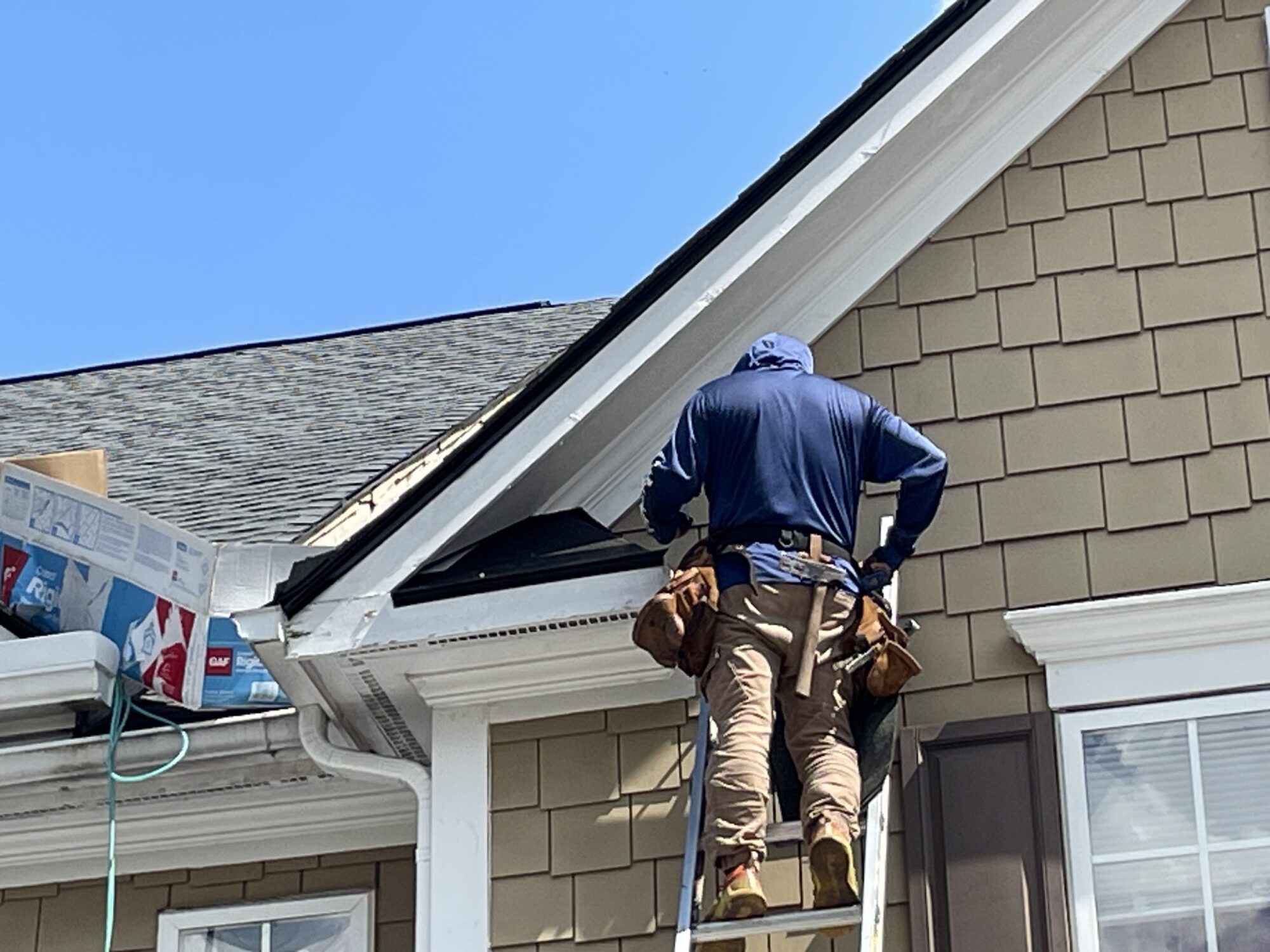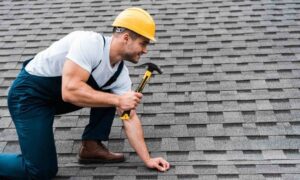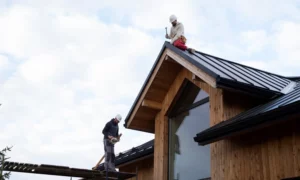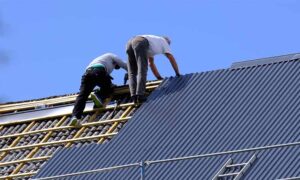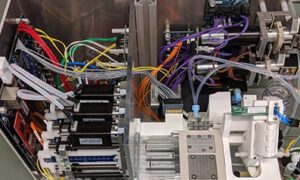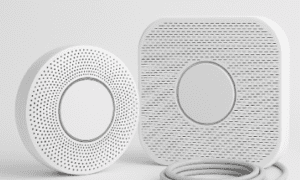A roof replacement is one of the most significant investments a property owner can make. It protects the home or building from the elements, maintains structural integrity, and contributes to the property’s overall energy efficiency. However, ensuring a durable and reliable roof does not end when the last shingle is nailed down or the final membrane is applied. Post-installation inspections are an essential part of roofing that often gets overlooked. These inspections provide a critical check to confirm that the roof was installed correctly and will perform as expected over its lifetime. We will explore the importance of these inspections, why they should never be skipped, and how they benefit both property owners and the longevity of their roofing system.
Why Post-Installation Roof Inspections Are Essential
- Confirming Proper Installation and Workmanship
Even with skilled roofing professionals, human error and oversight can happen during installation. A post-installation inspection, especially when performed by a reputable roof replacement company in Baton Rouge, ensures that all steps were carried out correctly according to the manufacturer’s specifications and local building codes. This includes verifying proper placement and fastening of shingles or roofing panels, correctly installing flashing around chimneys and vents, and securing the sealing of all seams.
Small mistakes may go unnoticed without this verification, leading to leaks, premature wear, or structural damage. An inspection acts as a quality control measure that can catch issues early before they result in costly damage or void warranties. For example, a misplaced shingle or improperly sealed flashing can be an entry point for water infiltration that could cause rot or mold inside the home.
2. Identifying Material Defects and Damage
Roofing materials may sometimes arrive defective or get damaged during transport or installation. Post-installation inspections closely examine the materials to detect cracks, warping, punctures, or manufacturing flaws that may affect performance. Catching these problems right after installation allows the contractor to replace defective materials immediately, which is critical for maintaining the roof’s integrity. If these defects remain unnoticed, they may lead to leaks, weakened roof sections, and eventual failure of the roofing system. Additionally, timely inspections provide a clear record supporting manufacturer warranty claims if material defects arise later. This step protects the homeowner financially by avoiding early roof replacement due to faulty products.
3. Assessing the Roof’s Reaction to Early Weather Exposure
New roofs are vulnerable to weather conditions shortly after installation. Rain, wind, and temperature swings can reveal weaknesses or issues that were not apparent immediately after work was completed. A post-installation inspection helps evaluate how the roof has held up against initial environmental exposure. For instance, strong winds may dislodge loose shingles or expose insufficient sealing areas. Heavy rain can test the roof’s waterproofing and drainage capabilities. Conducting an inspection soon after installation means any damage from storms or harsh weather can be repaired before it leads to serious leaks or interior damage. This is particularly important in regions with unpredictable weather patterns or common storms.
4. Ensuring Efficient Ventilation and Drainage Systems Are in Place
The health of a roof depends not just on the surface materials but also on how well the structure manages airflow and moisture. Proper ventilation prevents heat buildup and moisture accumulation beneath the roof deck, which can cause wood rot, mold, and deterioration of roofing components. Drainage systems, including gutters and downspouts, must effectively channel water away from the roof and foundation. Post-installation inspections verify that vents are properly installed and unobstructed, and that gutters are debris-free and correctly aligned to prevent pooling or ice dams. Without proper ventilation and drainage, even a new roof can experience accelerated wear and reduce energy efficiency by trapping heat. These inspections confirm that all elements maintain the roof’s durability.
5. Verifying Compliance with Warranty and Insurance Requirements
Many roofing warranties and insurance policies require documented inspections at various stages, including after installation. Skipping a post-installation inspection can jeopardize a homeowner’s ability to make claims if issues arise later. Inspections prove that the roof was installed and maintained correctly, which can be crucial for warranty coverage. Insurance companies may also require inspection records before approving roof damage or failure claims. Property owners protect themselves from losing valuable coverage that helps with future repair costs by investing in a thorough post-installation inspection. This step is vital to responsible roof ownership and long-term property management.
6. Providing Peace of Mind and Enhancing Property Value
A newly installed roof is a major selling point for any property, but buyers often want confirmation that the roof is sound and defect-free. A post-installation inspection assures homeowners and potential buyers that the roof is in good condition and has been carefully checked. This documented verification increases buyer confidence and can contribute to a higher resale value. Knowing that the roof has passed inspection reduces worries about hidden problems or unexpected expenses for the current homeowner. It fosters a sense of security that the investment in the roof will pay off through protection, comfort, and energy savings. Ultimately, a well-inspected roof is an asset that supports long-term property goals.
Post-installation roof inspections are an indispensable part of the roofing process that benefits homeowners, contractors, and insurers alike. These inspections ensure the installation was done correctly, materials are defect-free, early weather exposure has not caused damage, and ventilation and drainage systems function properly. They protect warranty and insurance coverage while providing peace of mind and supporting property value. Most importantly, regular inspections help extend the life of the roofing system by catching problems early. Property owners who prioritize post-installation inspections make a wise investment in the durability, safety, and value of their roof and home.

